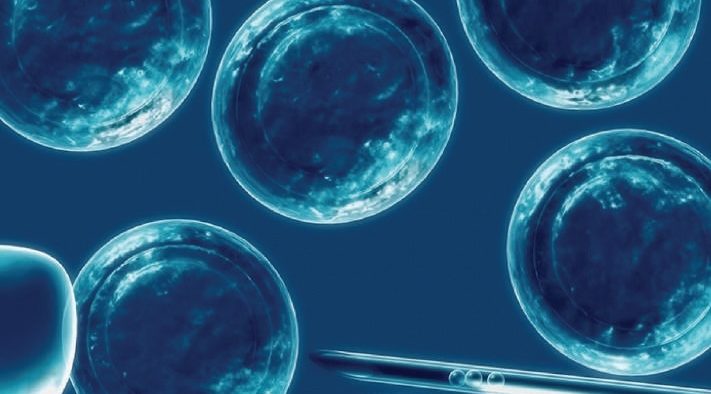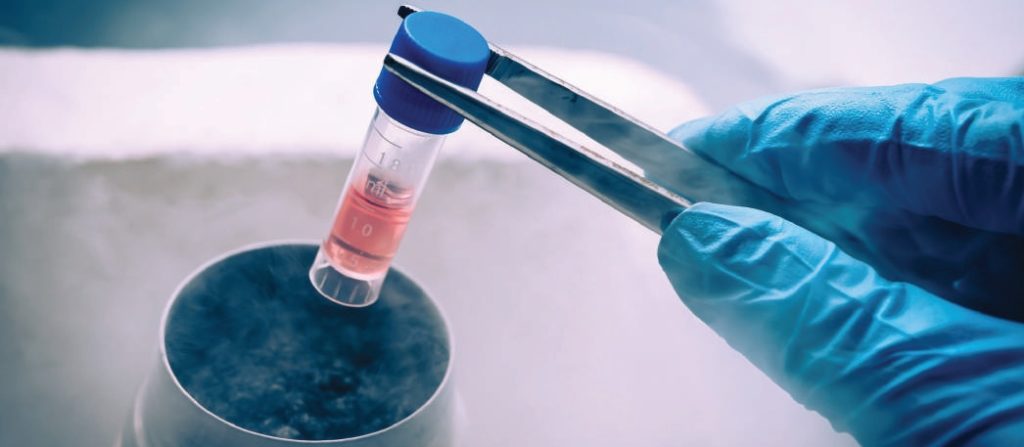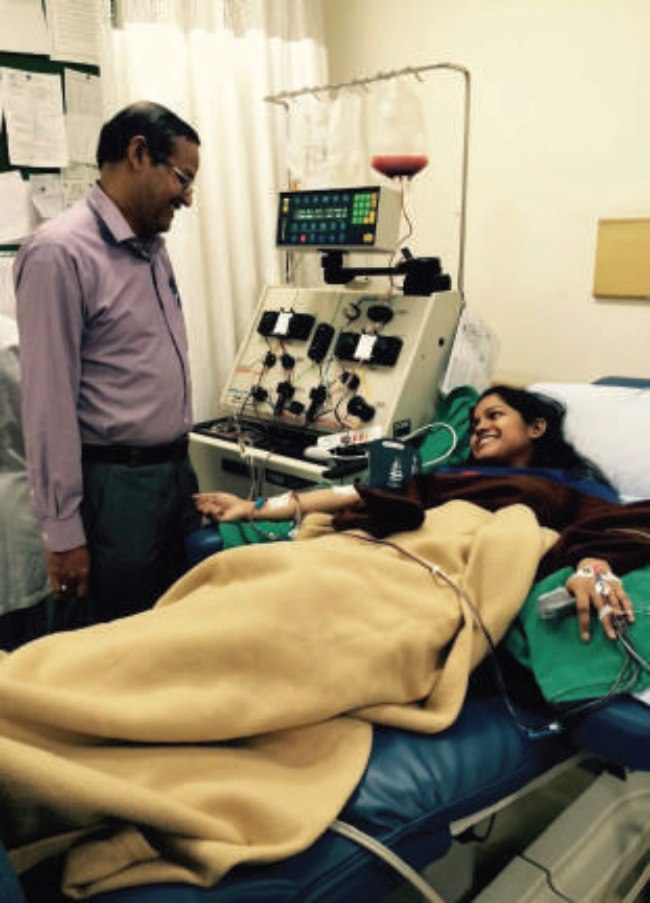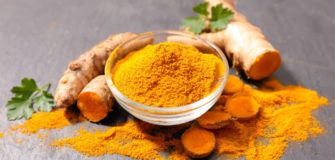Donate And Save

“Lack of stem cell donors in India is a serious issue, leading to deaths of not only cancer patients but patients suffering from thalassemia and aplastic anaemia as well.”
By Anila Mathew
Statistics show that cancer is the second leading cause of death in India, with more than 5.56 lakh patients succumbing to the illness annually. It is heart-breaking that some of these deaths could have been prevented if only the patients had been given stem cell transplants in time.
Stem cell transplantation is mired in misconceptions and prejudices, making the simple and effective treatment method virtually inaccessible in India. The procedure involves transfusing a donor’s blood cells into a patient after chemotherapy or radiation therapy, thus helping replace unhealthy blood-forming cells with healthy ones. People suffering from blood cancer and blood disorders such as thalassemia and aplastic anemia also require stem cell transplants. The process may be autologous, i.e., using cells from one’s own body, allogeneic, using cells from a donor, or syngeneic transplantation, which happens in rare cases between identical twins who share a similar genetic make-up and tissue type.
Allogeneic transplantation requires a match between the DNA of the donor and the recipient. The main criterion is that the patient and the donor must have a minimum of 6 out of 8 HLA (Human Leucocyte Antigen) markers in common. Unfortunately, a complete lack of awareness about the procedure and its benefits has resulted in a dismal number of stem cell donors in the nation. Among 1.3 billion Indians, only four lakh people have registered as donors, in sharp contrast to 35 million donors registered globally.

Ethnicity is a significant factor to consider, makes it all the more difficult to find the right match, due to the diversity of ethnic backgrounds in India. Since only 25 percent of patients find a match from within their families, stem cell donors can make the difference between life and death for many unfortunate people. Experts reiterate that there are no health risks associated with stem cell donation. Around 5-10 percent of blood stem cells, donors may feel nausea and flu-like symptoms during the 5 days of being administered.
“THE GOVERNMENT OF INDIA IS DETERMINED TO TAKE UP THIS CAUSE. WE ARE ALREADY WORKING TOWARDS HELPING CHILDREN WITH SICKLE CELL DISEASE, THALASSEMIA AND APLASTIC ANAEMIA.”
Vinita Srivastava
Coordinator, National Blood Cell
G-CSF (which stimulates the bone marrow to produce more stem cells for donation). Most donors return to their regular routines immediately after donation. Myths such as men losing their virility and women losing their fertility due to stem cell donation make things worse for a nation with patients dying on a daily basis. Also, people mistakenly assume that their body ‘loses’ something irretrievably when in reality, stem cells multiply infinitely and the count returns to normal within 2-4 days.
DATRI, a stem cell registry begun in 2009 with merely 3,000 donors, has facilitated 360 donations to date “There are over 1,900 patients in our waiting list without a match,” says Raghu Rajagopal co-founder & CEO of DATRI. “The only way to find a life-saving match for every patient is by expanding the registry. Awareness of blood stem cell donation is very low. Many are under the false impression that they need to undergo a painful procedure for donating bone marrow. This is not true. Now, donating bone marrow is as simple as donating blood.”

Registering oneself as a donor is an easy process for healthy individuals between the ages of 18 and 50 years. One is required to fill in a consent form and an application form, following which a cheek swab is taken. The sample is sent for determining HLA and stored in the database.
Registering oneself as a donor is an easy process for healthy individuals between the ages of 18 and 50 years. One is required to fill in a consent form and an application form, following which a cheek swab is taken. The sample is sent for determining HLA and stored in the database. In the event of a recipient being found with a matching requirement, the donor is asked to donate blood. Donors receive a booster injection to increase stem cell count in the blood, four days prior to the procedure.
On the fifth day, they are required to donate their blood. This is known as a peripheral blood stem cell transplant. A bone marrow transplant from the hipbone is an invasive procedure though. DATRI and other stem cell registries conduct camps in colleges and corporates to dispel fallacies and encourage people to come forward to help others. Hospitals also counsel expectant parents about their choices to preserve or donate their child’s umbilical cord stem cells. The government is also doing its bit to promote the treatment of serious illnesses through stem cell therapy.
Says Vinita Srivastava, coordinator, National Blood Cell, Ministry of Health and Family Welfare: “The government of India is determined to take up this cause. We are already working towards helping children with sickle cell disease, thalassemia, and aplastic anemia. To date, we have supported 61 such cases. We plan to collaborate with existing registries in the country like DATRI.”
















